Inside England’s largest stately home rescued from ruin
The extraordinary history of Wentworth Woodhouse
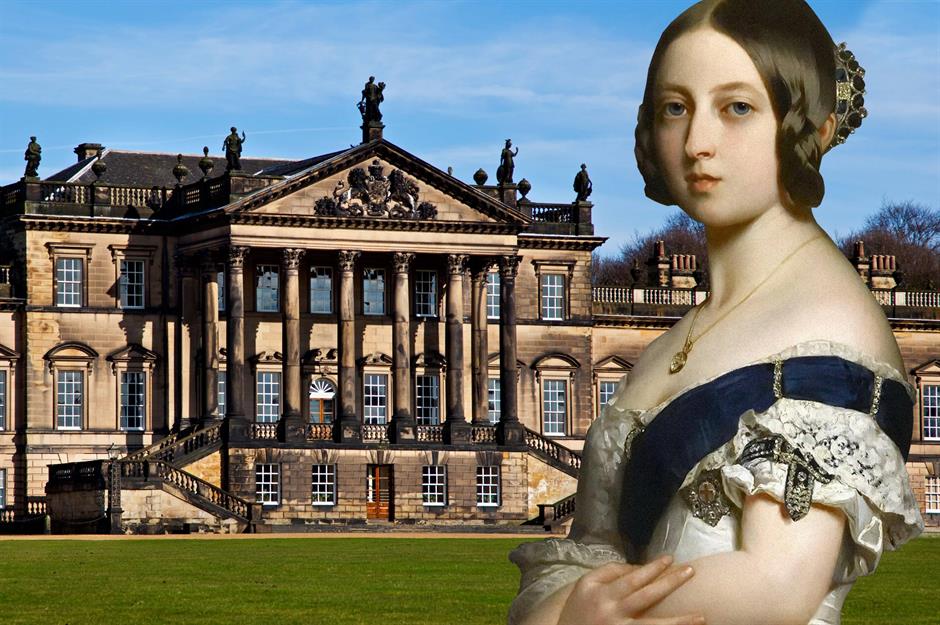
The largest private house in the UK, Wentworth Woodhouse in South Yorkshire sprawls across 250,000 square feet (22.2k sqm) of floor space, with five miles of corridors and a room for every day of the year.
The Grade I-listed estate once hosted the most flamboyant balls in the country attended by royalty, but a series of unfortunate events left it neglected for over 25 years.
Click or scroll on to step inside the home and discover its fascinating history. To enjoy these pictures on a desktop computer FULL SCREEN, click on the icon at the top right of the image...
The Wentworth family
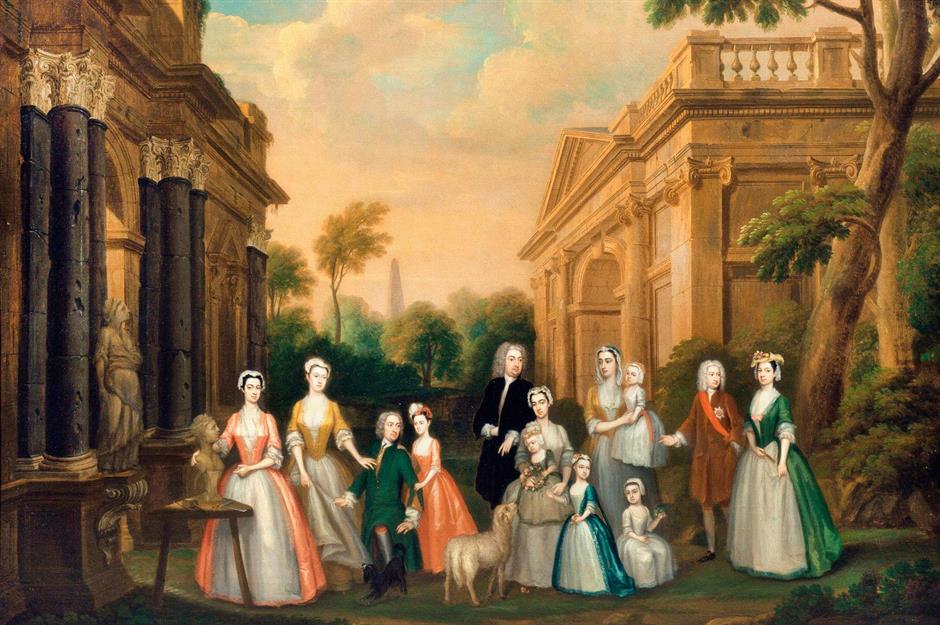
The history of Wentworth Woodhouse reaches far back, with records showing occupation of the land by the Watson-Wentworth family from as early as the 14th century but construction began on the house in around 1725.
This painting of the Watson-Wentworth and Finch Families, painted around 1732 hangs in the Yale Center for British Art in New Haven, America. The man on the right of the group wearing a sash is Thomas Watson-Wentworth, Baron Malton, later 1st Marquis of Rockingham; the woman seated near the centre is his wife, Mary Finch.
Meet Charles Watson-Wentworth
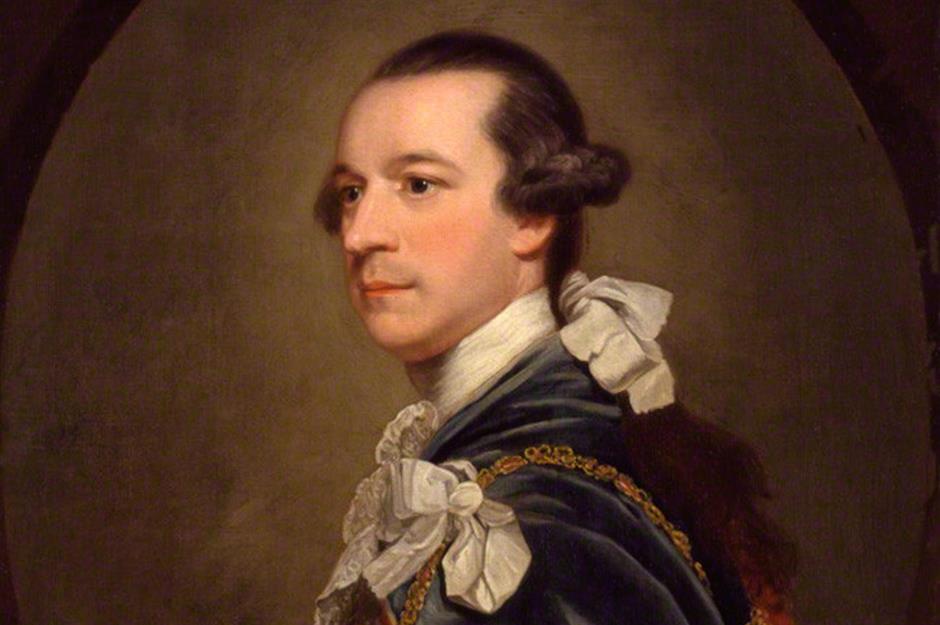
Wentworth Woodhouse was originally a modest Jacobean house that was rebuilt and expanded during the 18th century by Thomas Watson-Wentworth, 1st Marquess of Rockingham and his son, Charles (pictured).
The pair created an estate with two houses built back-to-back in different architectural styles. The west-facing façade is the older of the two, built from red brick with English Baroque stone detailing.
Generations of aristocracy
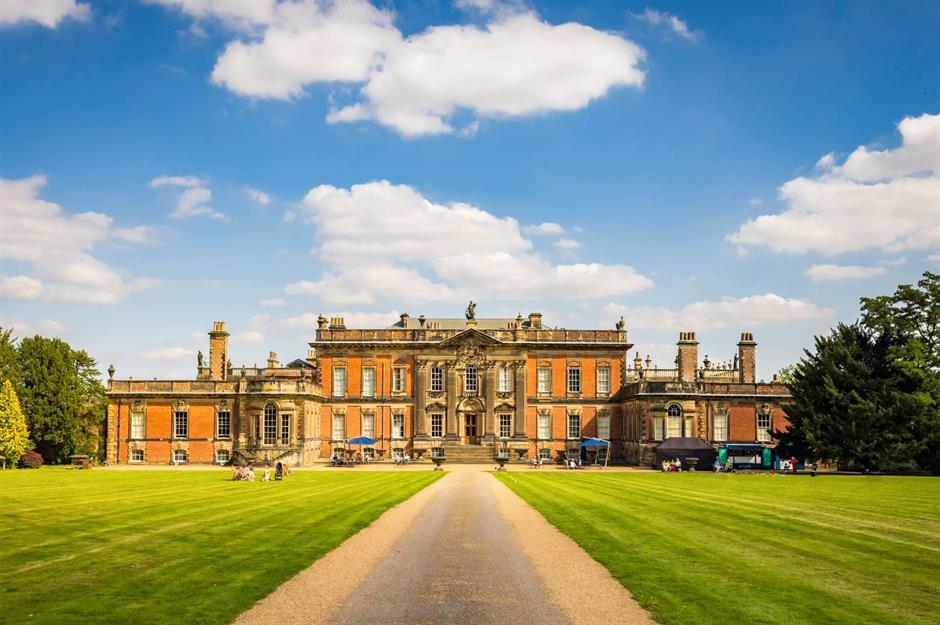
Thomas Watson-Wentworth and his wife Lady Mary Finch had six children: William, who sadly died aged 11, Charles, who became Prime Minister of Great Britain in 1765, Anne, Mary, Charlotte and Henrietta Alicia.
The home has been passed down through generations of English aristocratic families, including the Wentworths, the Watsons and the Fitzwilliams (the latter two due to Anne, Mary and Charlotte's marriages).
The rise of the Fitzwilliams
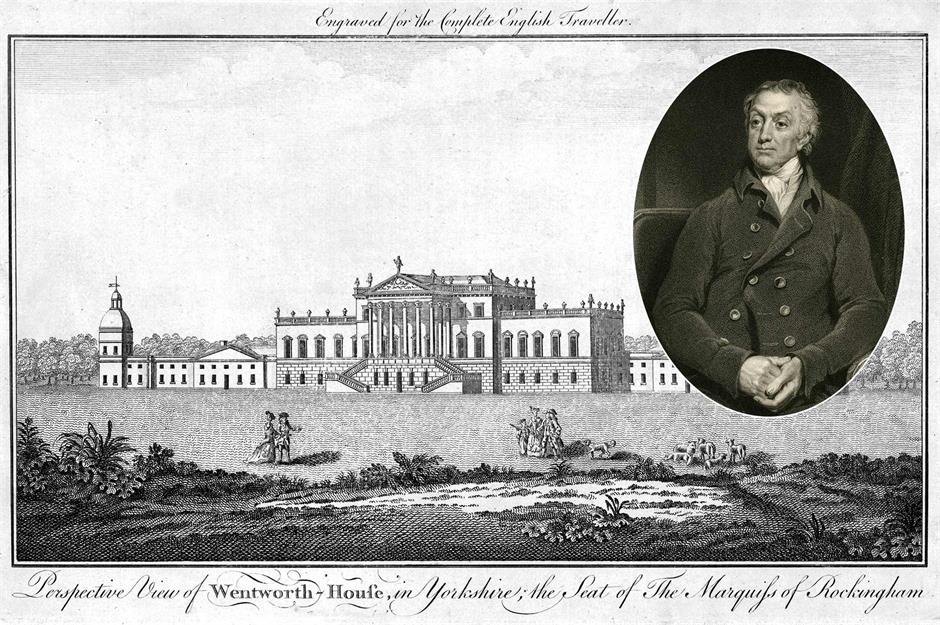
When Charles died in 1782, his nephew William Wentworth Fitzwilliam (30 May 1748 – 8 February 1833) inherited the estate, becoming the 4th Earl Fitzwilliam and one of the wealthiest individuals in Britain.
Under his ownership, the Fitzwilliam family retained Woodhouse for more than two centuries until it was finally sold in 1989. The Wentworth Woodhouse Preservation Trust eventually bought it in 2017, and it has now taken on the mammoth task of restoring it after years of neglect, discovering its stories along the way. Let's begin our tour...
The East Front
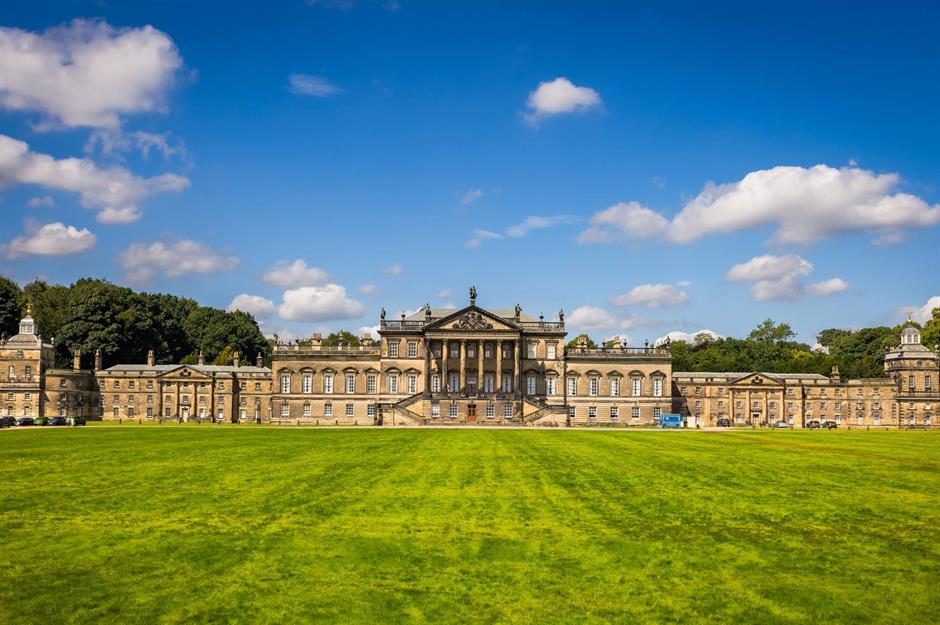
Wentworth Woodhouse was built in two main phases. The West Front, 130 feet long (39.6m), was the first part to be built in the English Baroque Style and is set against what remains of the original 17th-century house.
Construction on the East Front (pictured) began in 1731. Palladian-style architecture became the natural choice for this side of the house, leaving the now out-of-fashion West Front as a private entrance for the family.
At 606 feet (183m), the East Front façade is twice the length of a standard football pitch, making it the longest country house frontage in Europe.
Multimillion-pound restoration
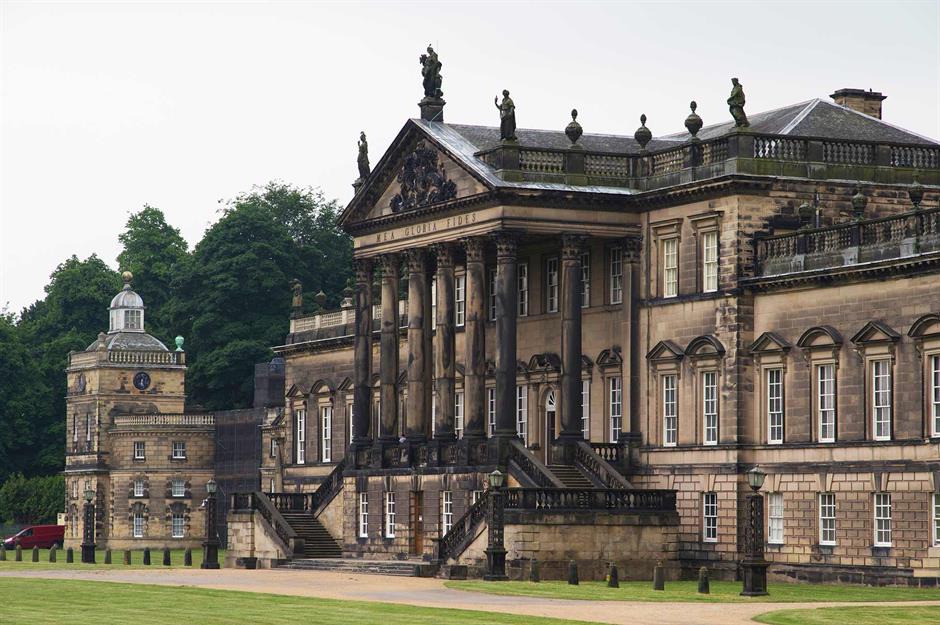
As the house passed from father William to son Charles, new decorative schemes and minor alterations occurred throughout the 19th and early 20th centuries. The home didn't even have electricity until 1904. Wentworth Woodhouse Preservation Trust bought the estate for £7 million ($8.6m) in 2017.
With 83 acres (33.5 ha) of pleasure gardens and 15,000 acres (6k ha) of land, an extensive restoration programme to return the historic home to its former glory was initially estimated at £40 million ($49m). However, calculations in 2018 put the figure at closer to £200 million ($246m).
Post-restoration, the Trust hopes the estate will become a leading visitor attraction, putting Wentworth Woodhouse back on the map.
An ambitious project
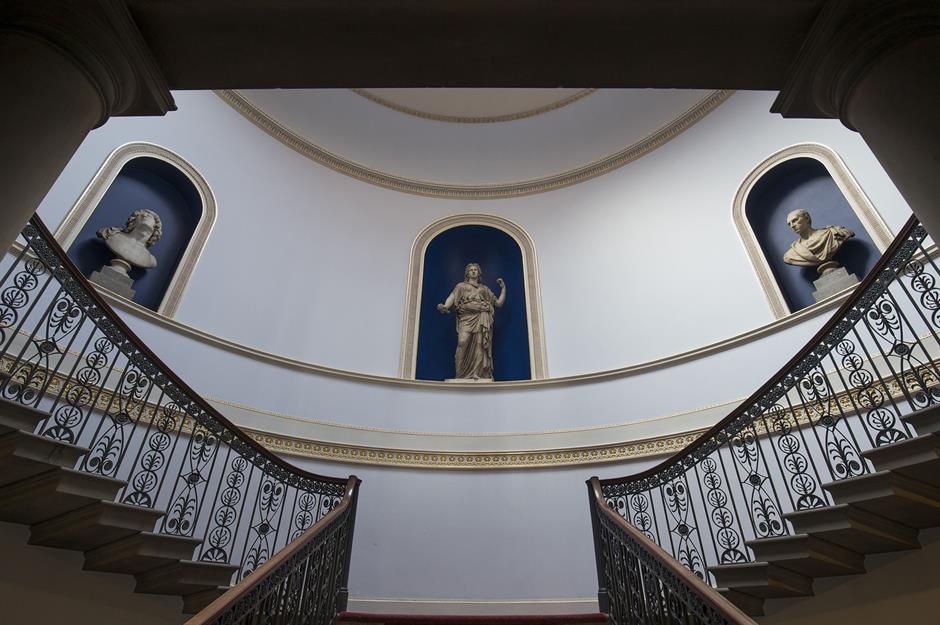
Restoration works are set to take 20 years and once complete, it is hoped the estate will become a major visitor attraction in the area.
The State Rooms are already open to the public, although they are empty for now. "We have chosen to let the beauty of the rooms speak for themselves, rather than filling them with unoriginal items," the Trust states on its website.
It costs a fortune to run such a vast estate, so there are also plans to create self-contained apartments for holiday lets, creating a healthy revenue stream that should see the property flourish for centuries to come.
An impressive art collection
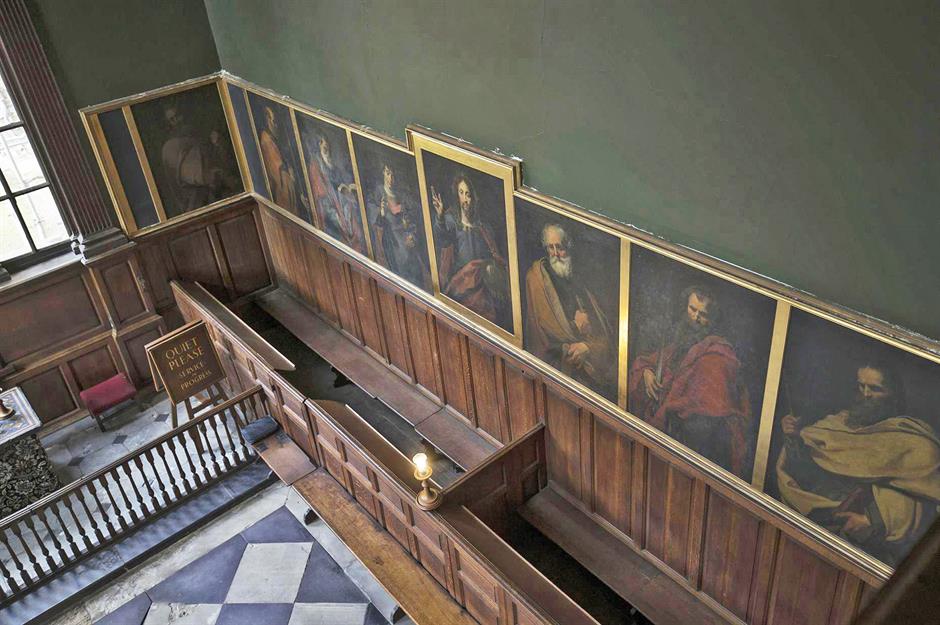
Not all of its rooms are empty, however. Wentworth Woodhouse is known to have housed an extensive collection of artworks, including these paintings of the twelve apostles that continue to hang above the pews of the estate’s private chapel.
The collection also included paintings by Raphael, Titian and Van Dyke, although the majority of these were removed and placed in private hands and museums after the Second World War.
It’s hoped that many will be returned to Wentworth on loan once restoration works are completed.
A room for every day of the year
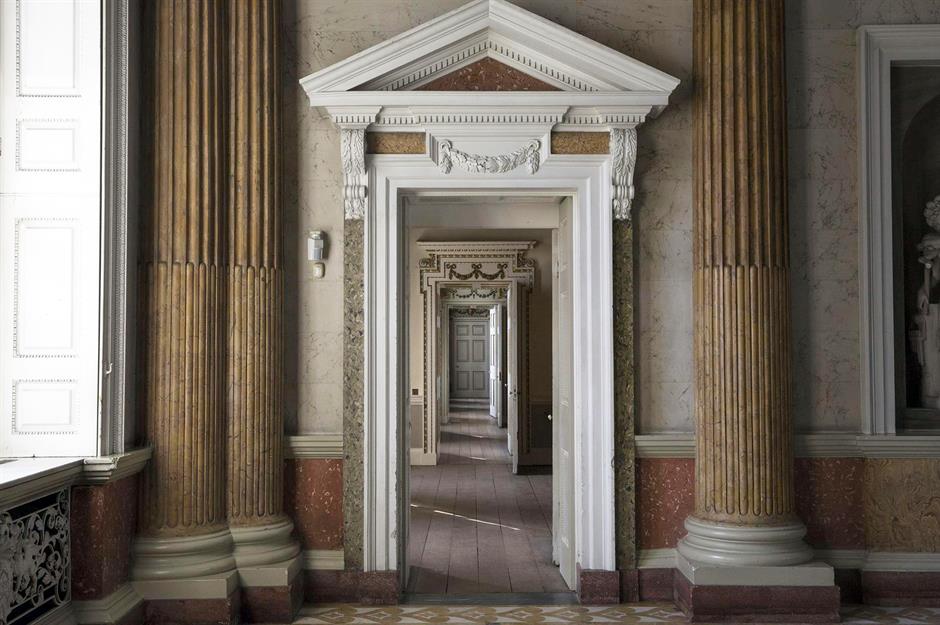
With a reported 365 rooms this 'calendar house' has room for every day of the year, including a private family barber’s room and one dedicated to storing candles and light bulbs.
Corridors were so vast and confusing in its heyday that guests were said to be given baskets of confetti to scatter on the floor like breadcrumbs to guide them back to their rooms at night.
A ball hosted by Charles the 2nd Marquess of Rockingham for the prince and his guests cost a small fortune. A letter discovered from an attendee told of 8,250 oil lamps illuminating the Marble Saloon.
Queen Victoria at Wentworth House
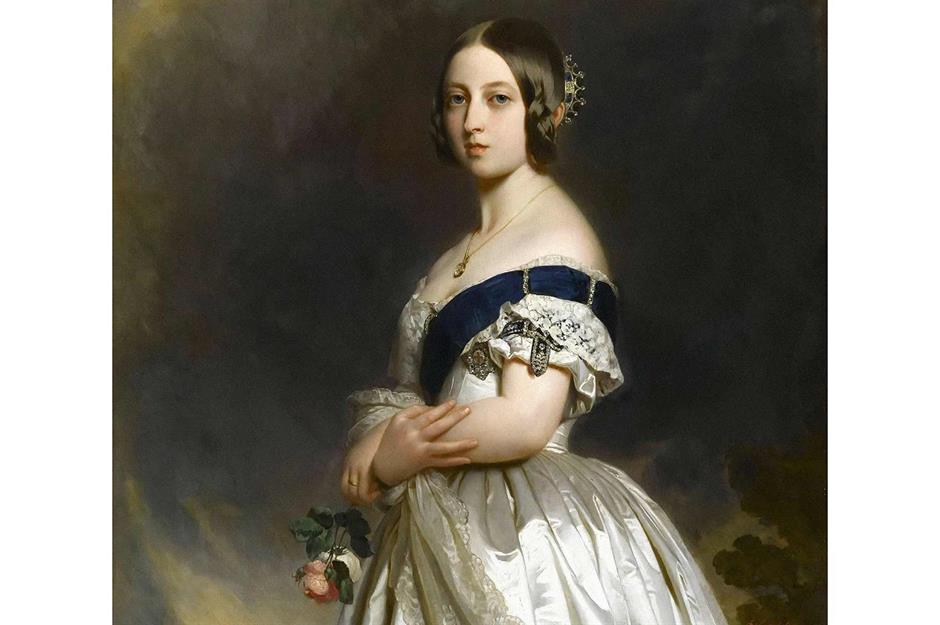
Wentworth Woodhouse hosted some notable guests, including King George IV (then Prince of Wales), who paid a royal visit in 1789.
In 1935, the 16-year-old Queen Victoria visited the Fitzwilliams' estate as part of a tour of the UK that also took her to York and the horse races at Doncaster. She described it in her diary as "a very fine edifice" and an "immense house".
This painting by Winterhalter Franz Xavier shows her two years after her visit in 1937, the year of her coronation.
A literary inspiration?
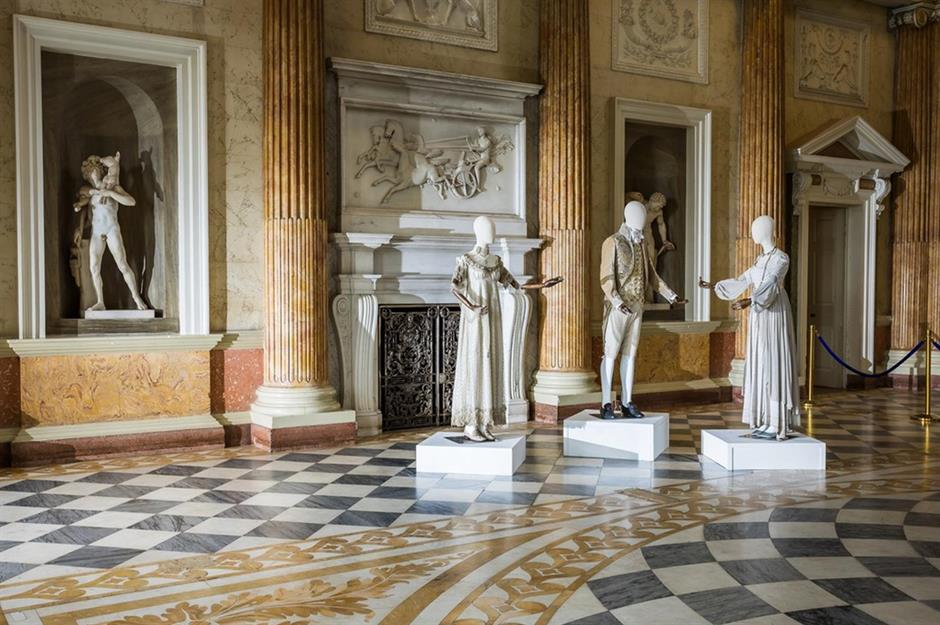
A few historians claim that Wentworth Woodhouse even served as the inspiration for Pemberley Estate in Jane Austen’s Pride and Prejudice. However, the Jane Austen Society says there’s no evidence to suggest the author ever visited Yorkshire, let alone the estate, within her lifetime.
Still, with these mannequins in situ as part of a costume exhibition here in 2023, it's easy to imagine.
The grandest ballroom in the country

Wentworth has some of the finest examples of Georgian interiors in England. Perhaps the most famous room in the grand stately home is the 60-foot square (5.6 sqm) Marble Saloon, with its intricate ceiling plasterwork and beautifully designed rosette marble floor.
The Marble Saloon has been a focus of restoration work, to such an extent that it was used as a location in the 2020 film Downton Abbey, where it featured in a grand ballroom scene.
Fit for royalty
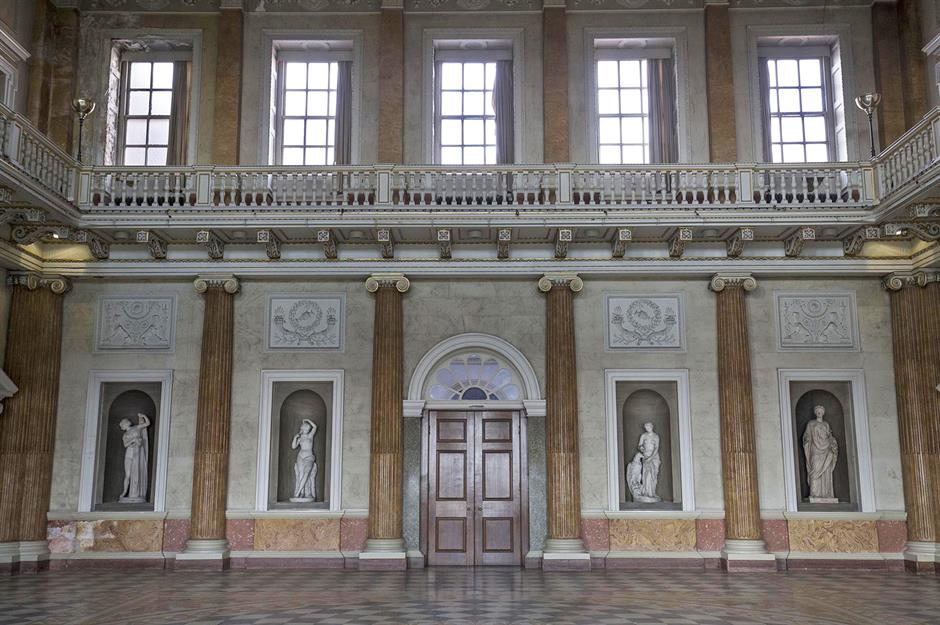
In its past, the Marble Saloon hosted some of the most extravagant events in the country, as well as countless balls.
It was thought that Russian prima ballerina Anna Pavlova performed for King George V and Queen Mary here in 1912 but recent research has revealed that it was Pavlova's compatriot, Lydia Kyasht (who was actually more famous at the time) who danced that night.
Nevertheless, that famous royal visit was the inspiration for the Downton Abbey movie.
King George and Queen Mary pay a visit
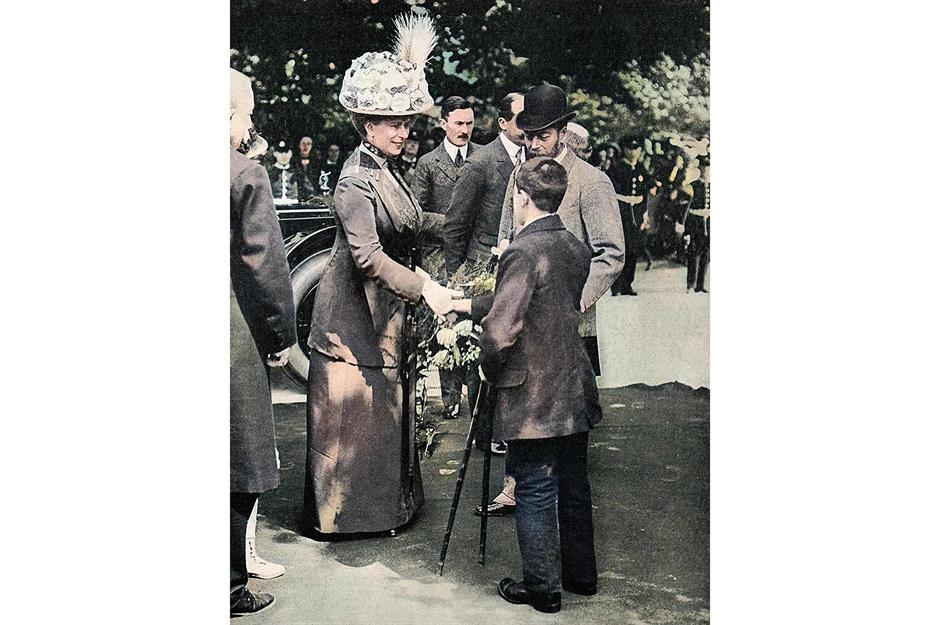
When King George V and Queen Mary visited Yorkshire in July 1912 they drew huge crowds. They toured industrial sites to see working conditions in the coal, engineering and textile industries in an attempt to connect with the industrial working class.
The royal couple also attended civic receptions to meet local dignitaries including a visit to Wentworth. According to reports, King George V needed more than 75 rooms for him and his entourage for his four-day stay.
Popular filming location
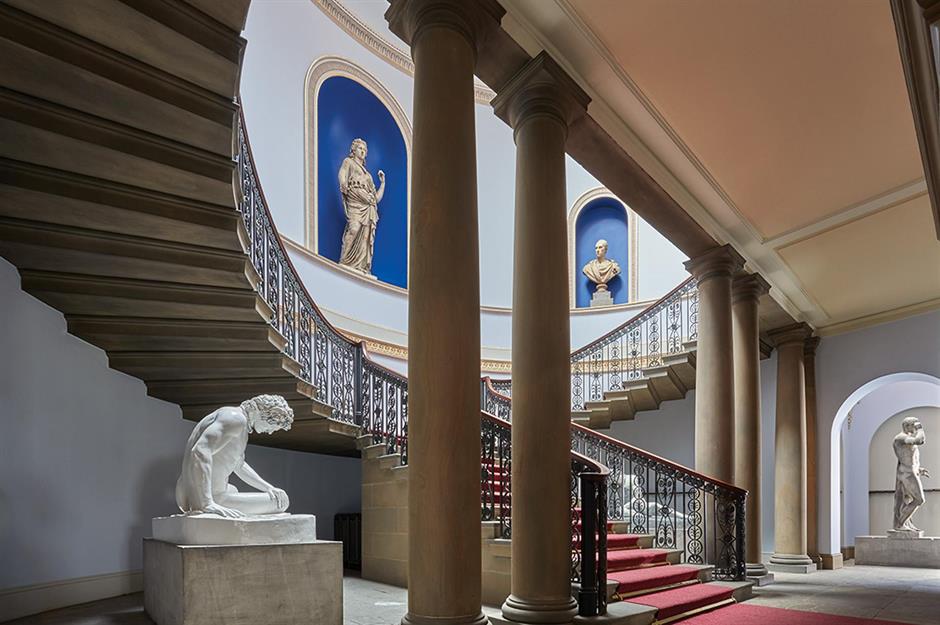
As well as Downton Abbey, the stunning home has proved a popular location for film productions. It featured in the BBC drama series Gentleman Jack and stood in as the Royal Academy in the film Mr Turner.
It appeared as Buckingham Palace in the movie Darkest Hour and in the BBC drama Victoria. And Queen Victoria herself once paid a visit to the home.
A family home
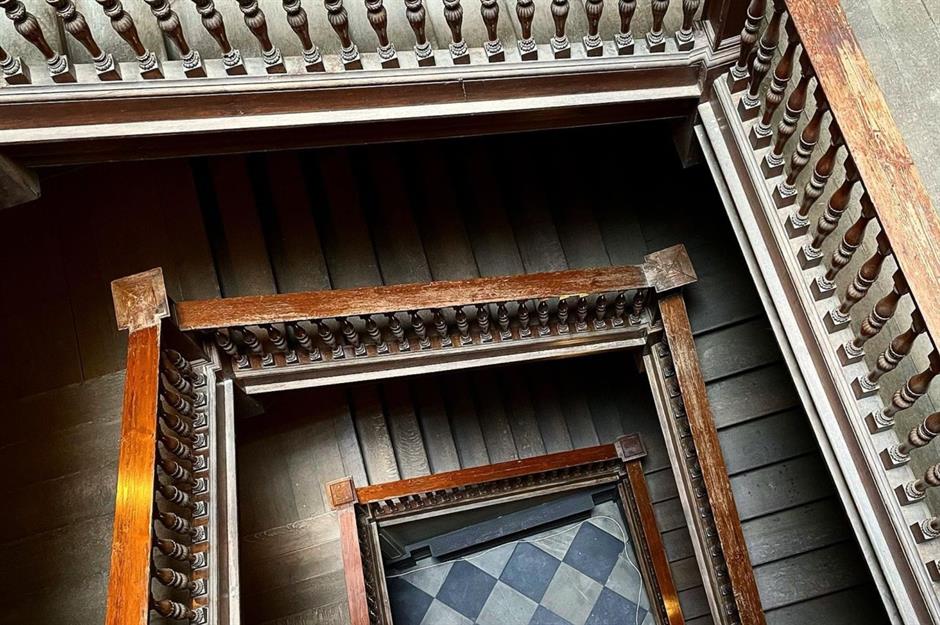
Between royal visits, Wentworth Woodhouse was a family home. The entrance hallway staircase (pictured), which once welcomed royal guests, also saw staff coming and going and the everyday goings on of a busy stately home.
This shot shows the oak staircase that dates to the 1720s which would have been central to the hustle and bustle. And elsewhere in the home, the Watson-Wentworths were leaving their mark...
The Whistlejacket Room
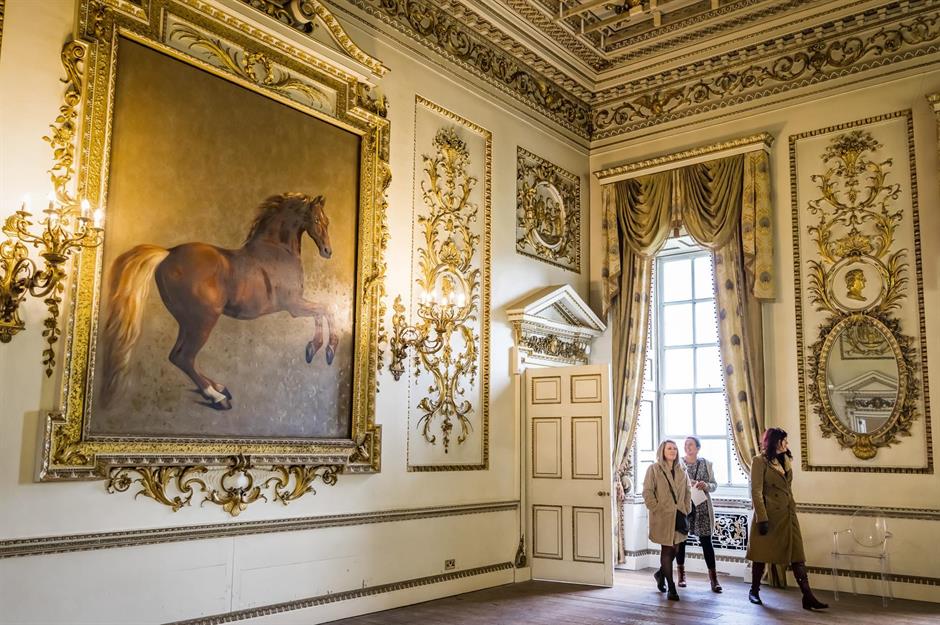
A copy of George Stubbs’ famous is framed by elaborate gold mouldings in The Whistlejacket Room, named after the horse that belonged to Charles Watson-Wentworth. The steed was something of a celebrity at the time and the original painting can be seen at the National Gallery in London.
One of Charles’ finest horses; in 1759 alone he won 2,000 guineas for the Marquess, which equates to around £205,000 ($253k) in today's money. The painting is unique as the background has been left blank, implying that the Marquess commissioned a rare sole portrait depicting nothing but his prized horse.
Wentworth's history of coal
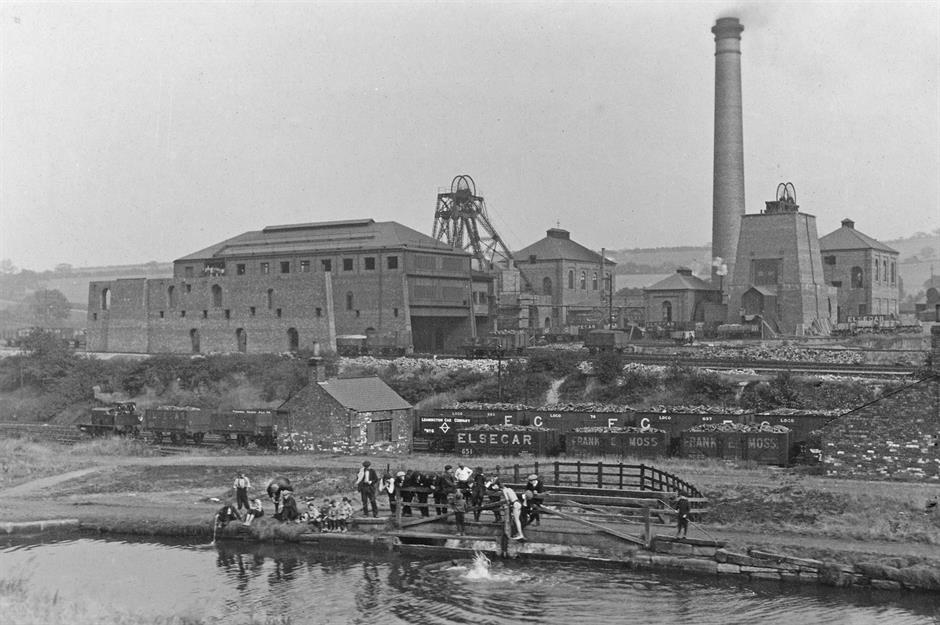
Also leaving their mark on the estate, The Fitzwilliam family built an entire village nearby that would push funds towards running their magnificent home.
Pictured here, the industrial village called Elsecar was home to deep coal mines and ironworks. Elsecar Ironworks, built in 1795, combined local coal with ironstone from elsewhere on the estate.
The Fitzwilliams' industrial investments brought them great wealth, and they provided for the families of their colliers with homes and infrastructure.
Wentworth Woodhouse in trouble
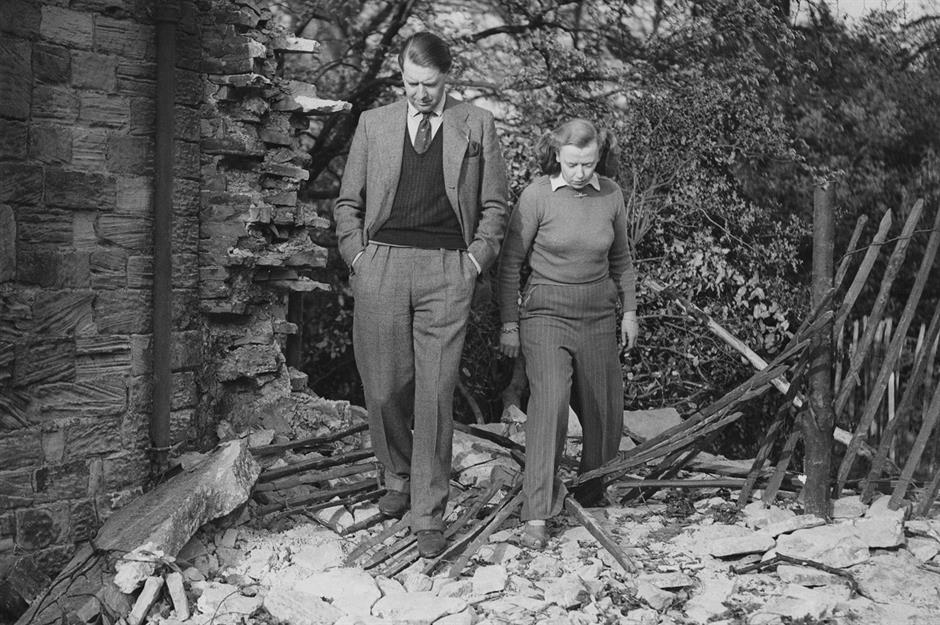
While the coal industry and development of Elsecar led to the rise of the Fitzwilliams as one of the wealthiest families in the country, it eventually resulted in their decline too.
The nationalisation of coal mines by the Labour Party in 1947 forced Peter Wentworth-Fitzwilliam, 8th Earl of Wentworth, to open the estate up for coal extraction. Wentworth went on to experience foundational issues after parts of the house and its gardens were destroyed during the process.
Here, the Earl and Countess Fitzwilliam can be seen at Wentworth Woodhouse shortly before the mining operation began.
A devastated landscape
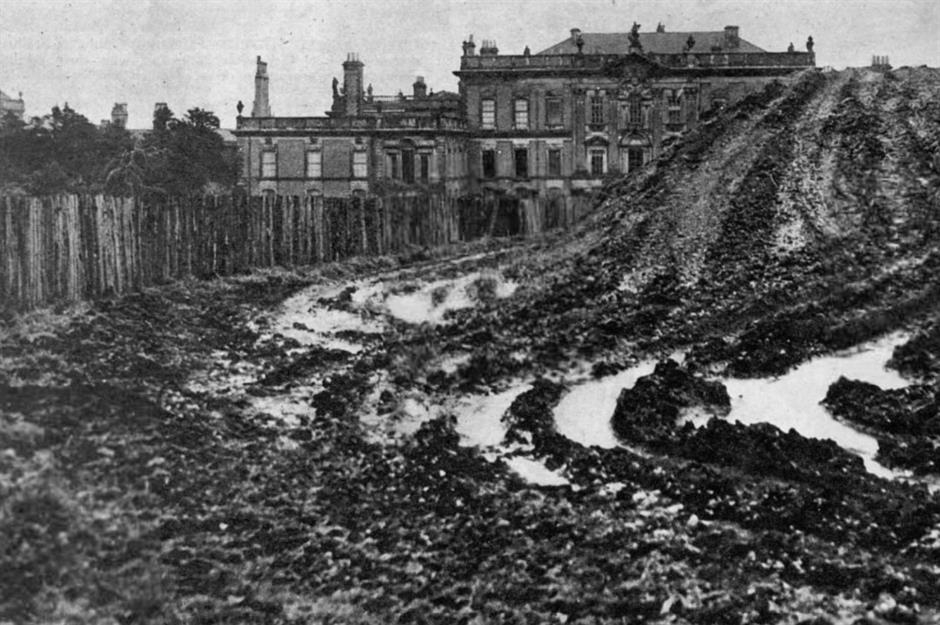
In desperate need of coal after the war, the government of the time nationalised the coal industry and open-cast mining was introduced at Wentworth Woodhouse, which almost destroyed the house.
You can see from this news image from 1947 how the excavation of the property reached the very doors of Earl Fitzwilliam’s historic mansion.
Scandal and tragedy
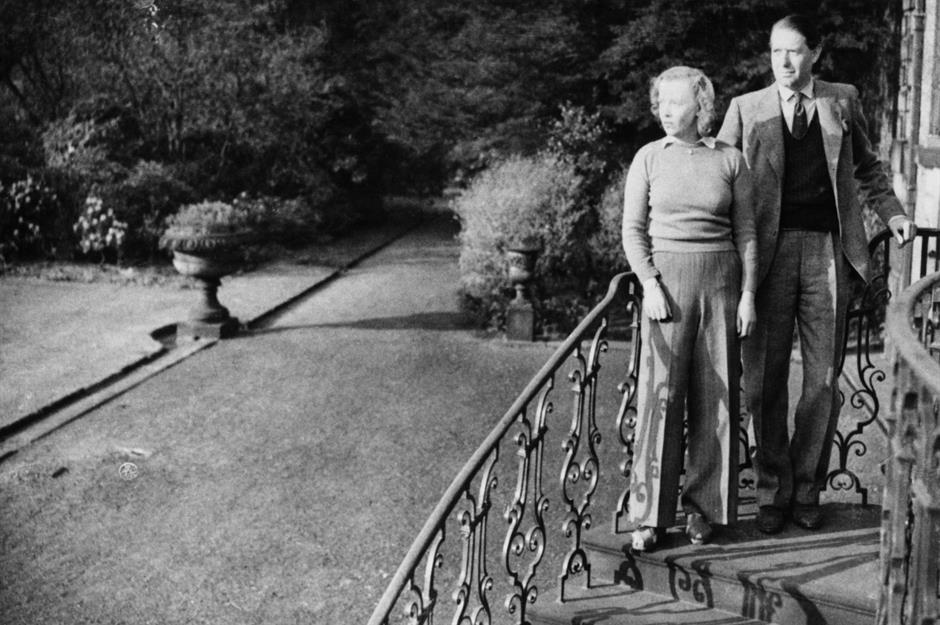
The following year, Peter, the 8th Earl Fitzwilliam, seen here with his wife Olive overlooking the gardens, died in a plane crash. He was travelling with Marchioness Hartington, the younger sister of John F Kennedy, also known as Kathleen ‘Kick’ Kennedy. She was sadly also killed in the crash.
The pair were said to be having an affair and planned to marry. According to reports, Kathleen had been introduced to Peter by Queen Elizabeth II in 1938, who was a princess at the time.
The Lady Mabel College of Physical Education

With no male heir, the earldom passed to a cousin before being inherited by second cousin Tom Wentworth-Fitzwilliam in 1952. He became the 10th and final earl.
When he passed away peacefully at the house in 1979, the title died with him and the house endured a period of decline.
Prior to this, the house had been leased to the Lady Mabel College of Physical Education. Many women who attended the institution, which opened at Wentworth Woodhouse around 1950, remember using its stately rooms as dance studios and examination halls.
A glimmer of hope
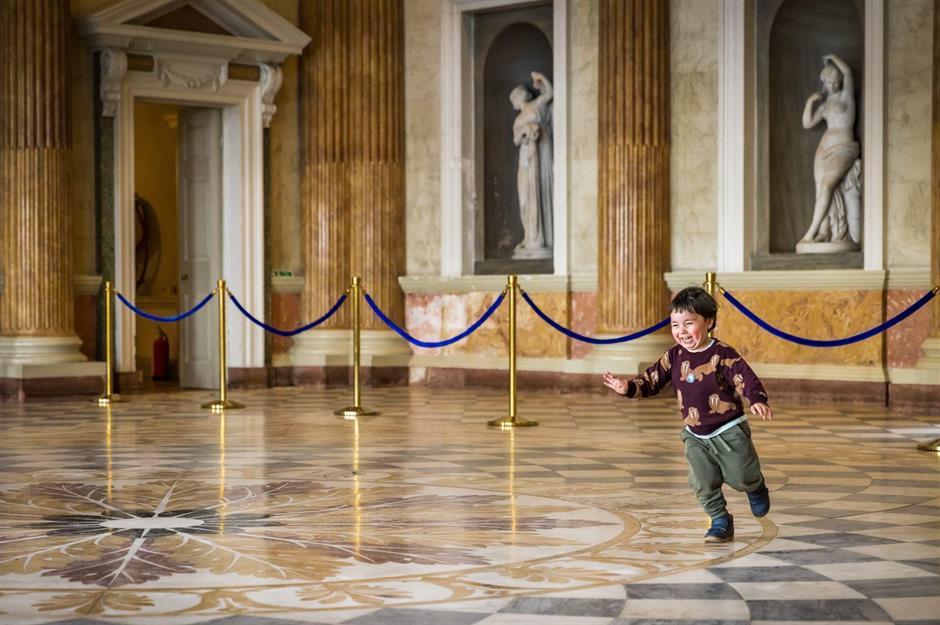
In later years, the home was used by Sheffield Polytechnique. In 1999, it was bought by Clifford Newbold and his family who wanted to bring it back to life.
The former architect hoped a huge legal claim against the Coal Authority for mining damage would help him restore the house, but this failed.
Finally, in 2017 the house was bought by the Wentworth Woodhouse Preservation Trust, partly funded by a £3.5 million ($4.4m) grant from the National Heritage Memorial Fund.
Fine follies
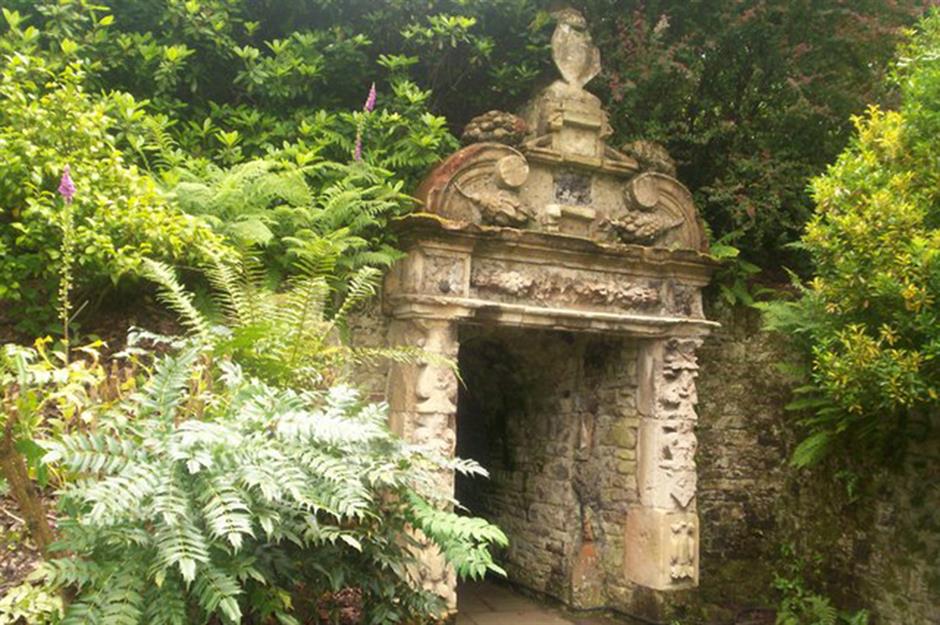
As well as the house, the Trust bought 83 acres (33.5 ha) of land immediately surrounding it, including several follies which had been commissioned by Charles Watson-Wentworth, 2nd Marquess of Wentworth.
Many of the follies were designed by renowned British architect John Carr. This one, known as the Bear Pit, is believed to have housed a real-life bear.
A hidden staircase connects it to an upper terrace that leads to the estate's vast gardens.
In memoriam
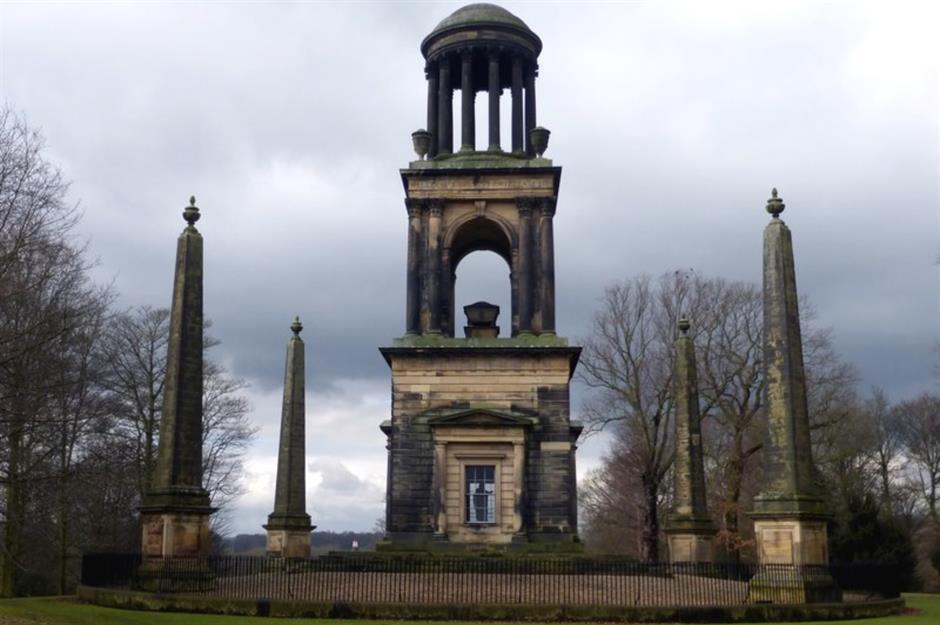
This folly, known as the Wentworth-Woodhouse Mausoleum, was commissioned by the 4th Earl Fitzwilliam in 1783 in memory of his uncle Charles Watson-Wentworth, 2nd Marquess of Rockingham. The three-storey structure was also designed by John Carr.
Classical inspiration
Elsewhere on the estate are historic buildings also in need of some TLC.
Constructed in 1830 in the Doric style, the South Lodge once served as a gatehouse and private residence to the Wentworth Woodhouse estate’s security guards.
The three-bedroom building was inspired by classical Greek architecture with columns, architrave and a pediment, and is still serving as private accommodation today.
The Wentworth Woodhouse ghost
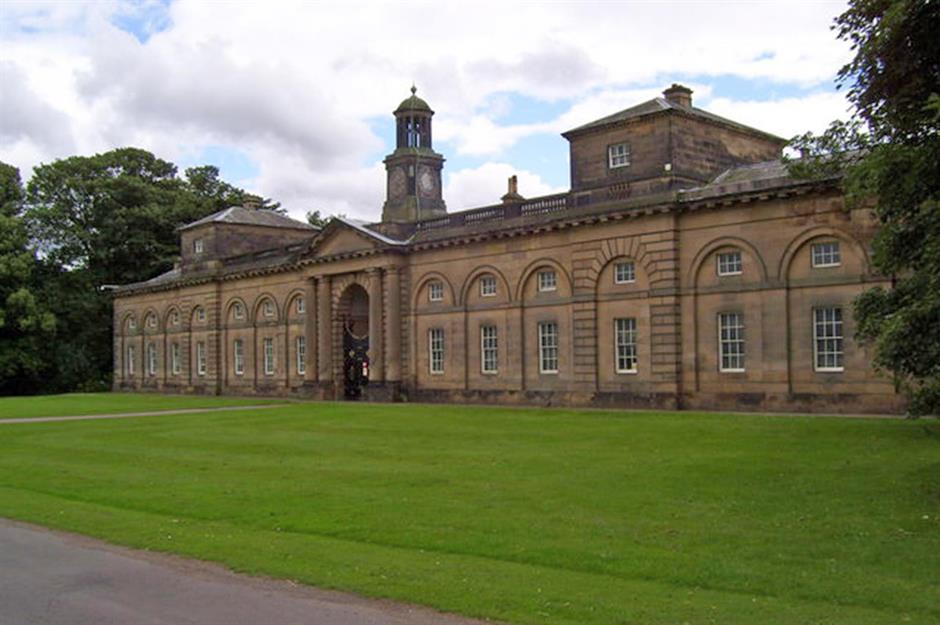
The stable block, seen here, is undergoing major renovation works and set to be converted into offices, houses and tourist apartments in the near future.
Rumour has it that the stables are haunted by a tall, dark man that walks its halls at night. Reports of sightings have been made by staff and visitors.
Most haunted?

Paranormal investigators believe they may have caught the ghost on camera, as the ghostly figure of a man disappearing up a flight of stairs was captured in a clip aired on the British TV show Most Haunted back in April 2017.
The team released a statement claiming it to be the most ‘groundbreaking’ footage ever recorded on the show.
Restoration begins
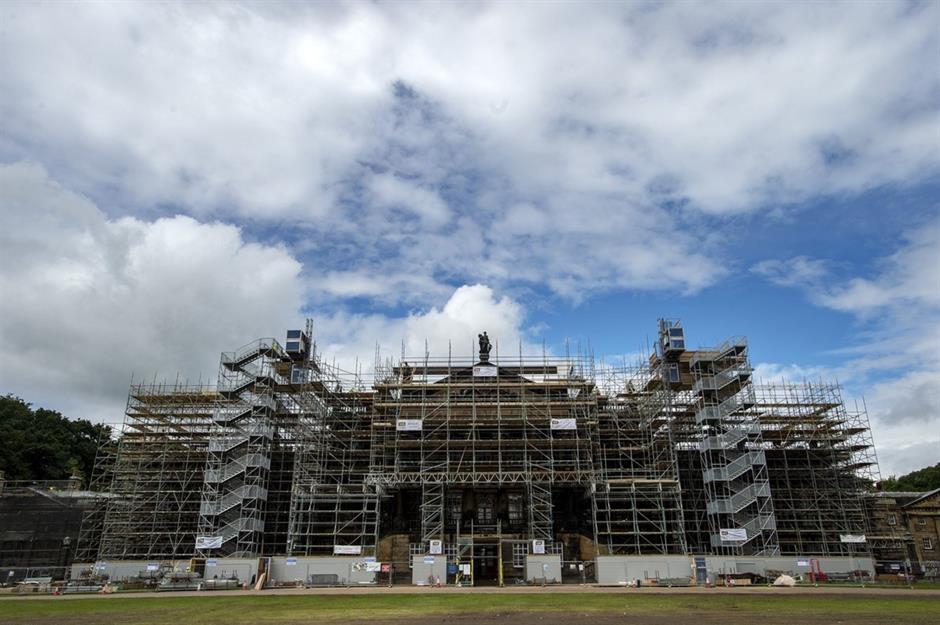
In 2018, the Wentworth Woodhouse Preservation Trust applied to Rotherham Metropolitan Borough Council for permission to transform the historic estate. The proposal aimed to open the house to the public, allowing tours, garden visits, weddings, events and educational workshops, alongside a café and location filming.
Approval was granted, paving the way for an ambitious restoration project to secure the mansion’s future. According to the Wentworth Woodhouse official website, a large percentage of vital repair work has been carried out already with the support of Historic England.
Roof repairs
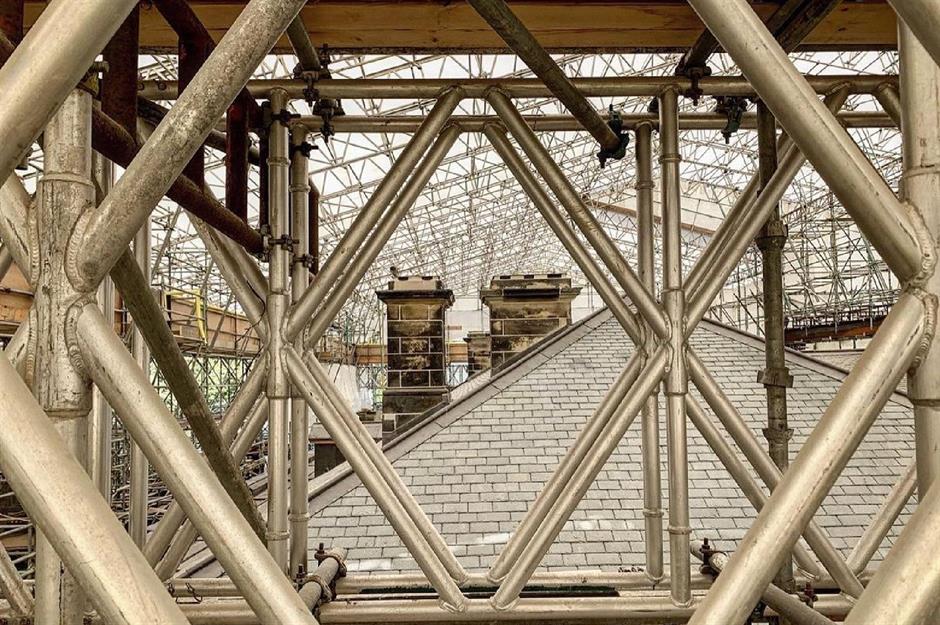
The Trust’s £7.6m ($9.4m) capital works project, funded by an award made by the Chancellor in 2016, covers three areas of restoration.
One of these tackled the leaking areas of roof above the high-status rooms of the Grade I-listed mansion and the riding school.
Cracking plaster and damage from the affected roof were found throughout the Marble Saloon, the Van Dyck and Whistlejacket staterooms, the Long Gallery section dating back to the 1600s and the principal staircase.
Restore and repair
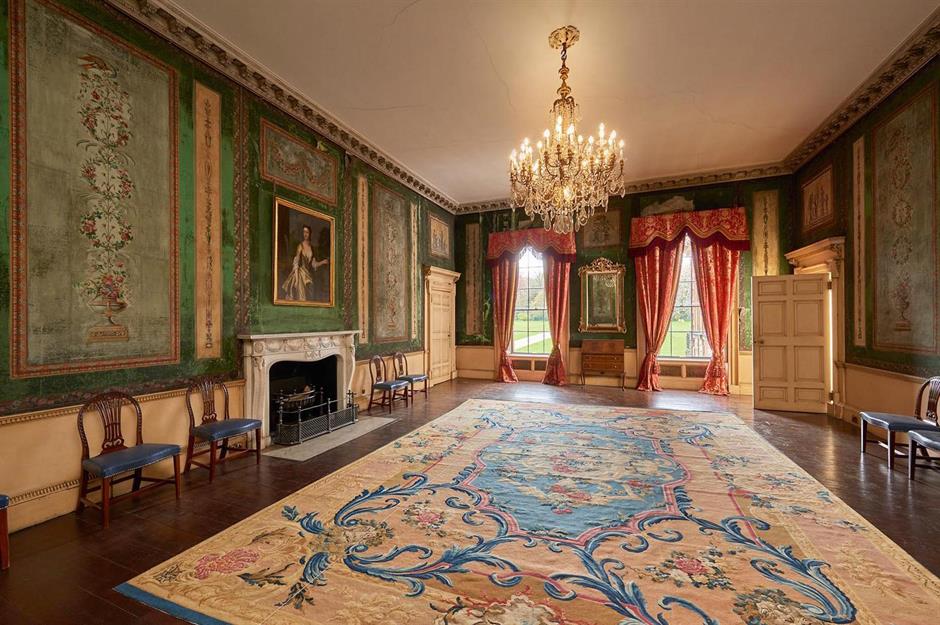
Other essential repair work included collapsed ceilings and drains, worn stonework, asbestos and poor historic repairs. Part of the latter is this beautiful wallpaper in the Green Dining Room hung in 1790. Now over 200 years old it is in a fragile condition.
Painted directly onto the walls in a unique découpage style, it's thought to be by Réveillon of Paris, provider of paper for the famous Montgolfier brothers' first hot air balloon.
Fabulous façade
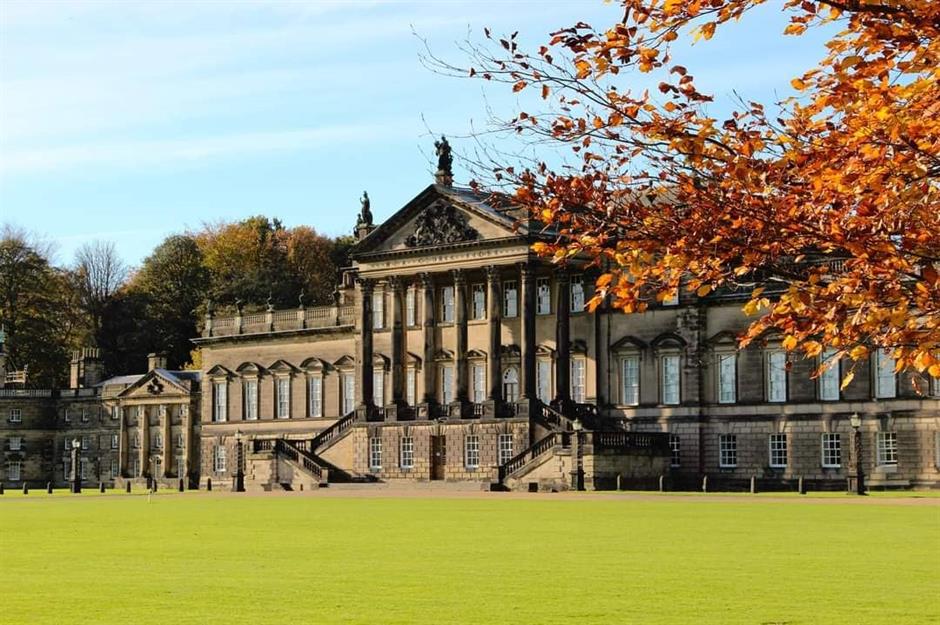
During the 2020 COVID lockdown, construction workers had to halt their work, but they returned as restrictions lifted to continue the essential repairs.
The historic mansion's record-breaking East Front façade has been fully restored and the scaffolding has finally been removed to reveal its original beauty.
Camellia House
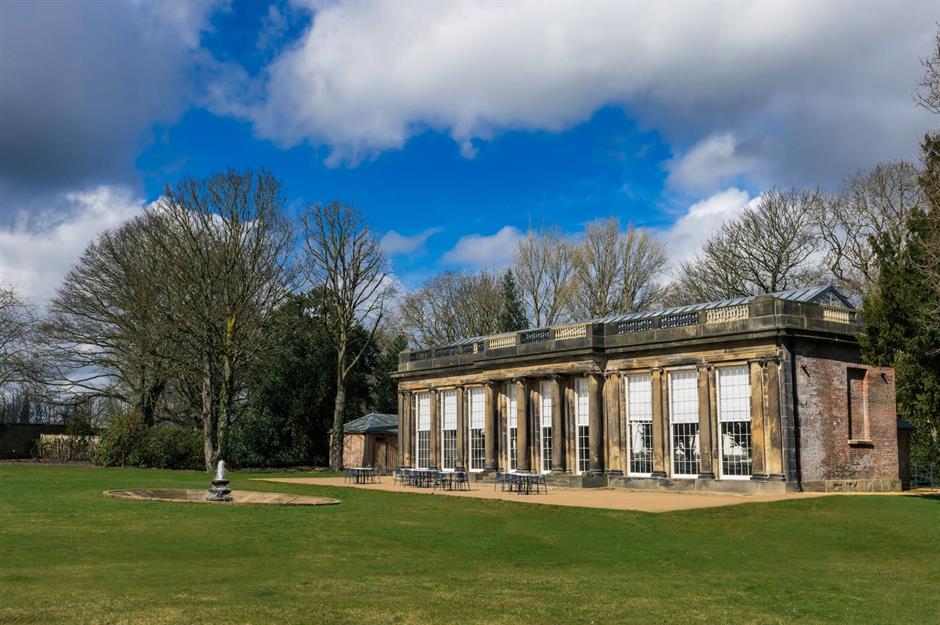
Grade II-listed Camellia House had been on Historic England’s Heritage at Risk Register for many years before it was restored and turned into a tearoom and restaurant in April 2024, winning a national architectural award.
The building was originally a tearoom for Lady Mary Finch, the wife of the 1st Marquess of Rockingham. Built in 1738, it had lain derelict for 50 years prior to its restoration. An orangery was added in the 19th century, home to a collection of camellias imported from China.
Financial challenges
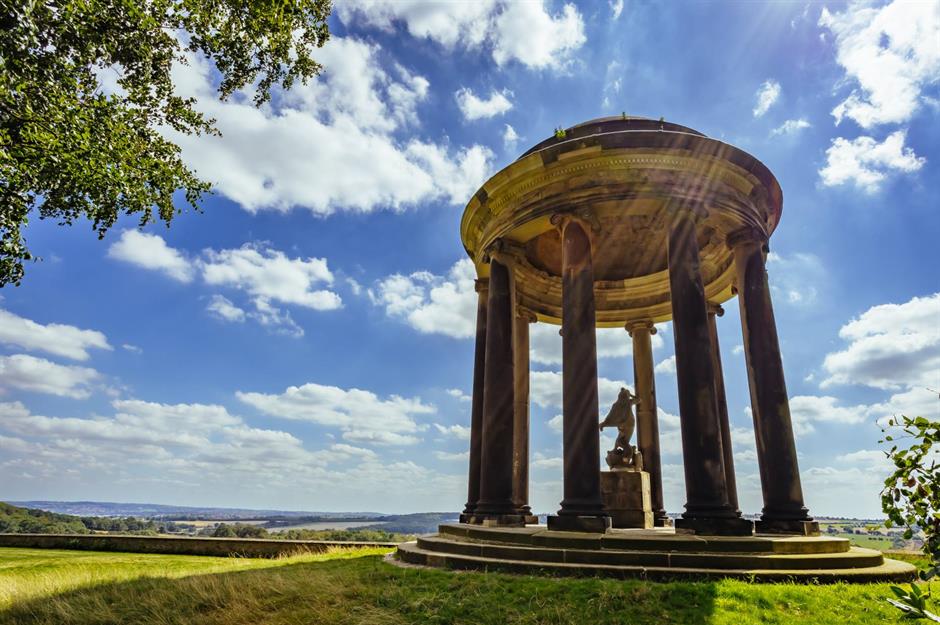
However, it hasn’t been all positive news. A report highlighting how the cost-of-living crisis is impacting England’s heritage sector has revealed that the winter of 2024/2025 posed some threats to the estate’s survival.
Overall costs increased by 26% and the Trust said they would probably need to make severe cuts to jobs and services. One thing’s for sure, the army of skilled volunteers who give up their free time to help maintain and restore the house are not about to let this vast mansion fall into disrepair again.
The future of Wentworth Woodhouse
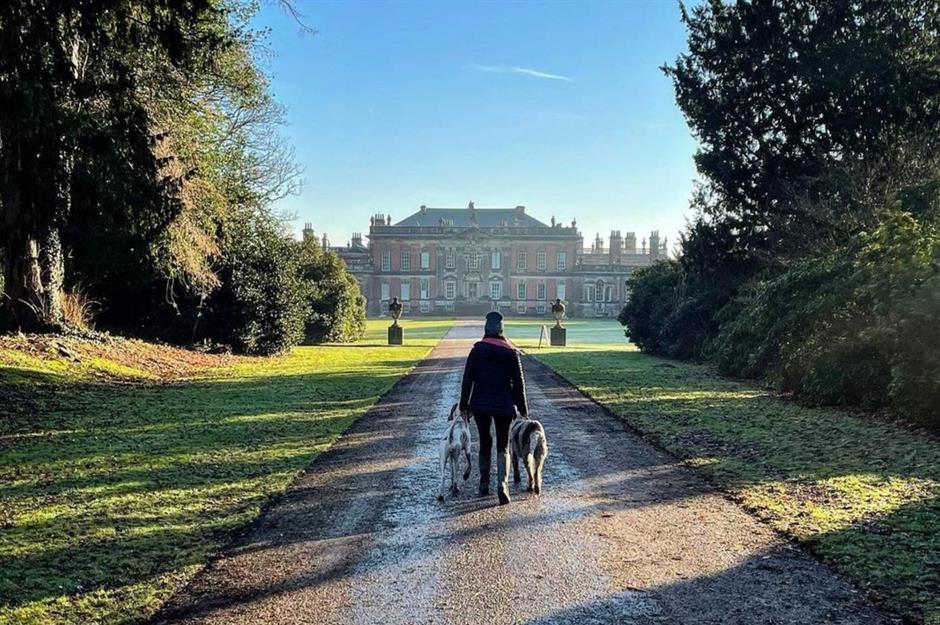
With so many plans afoot, the future is looking bright for this architectural wonder which is set to take its place alongside the likes of Chatsworth and Highclere Castle as one of Britain’s most celebrated stately homes.
We cannot wait to see what Wentworth Woodhouse's restoration brings next.
Love this? Discover the stunning architecture and fascinating history behind the world's best stately homes
Comments
Be the first to comment
Do you want to comment on this article? You need to be signed in for this feature